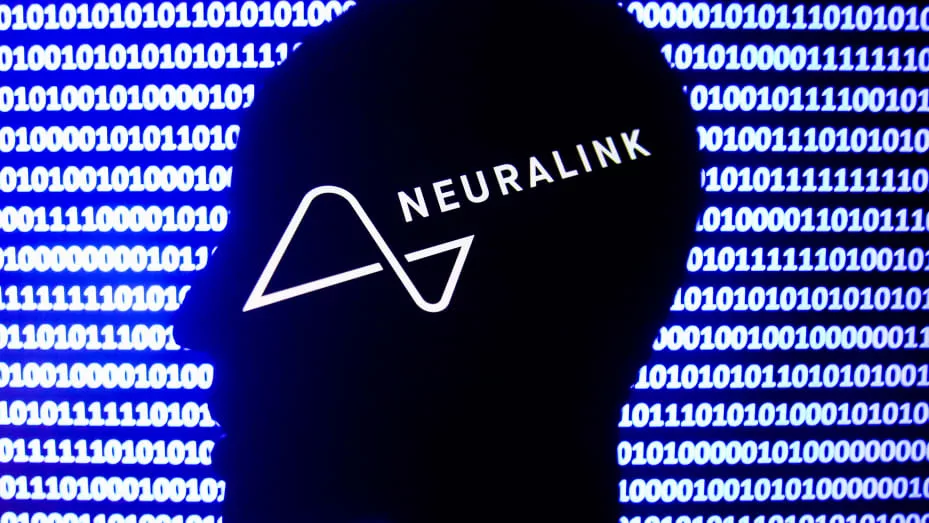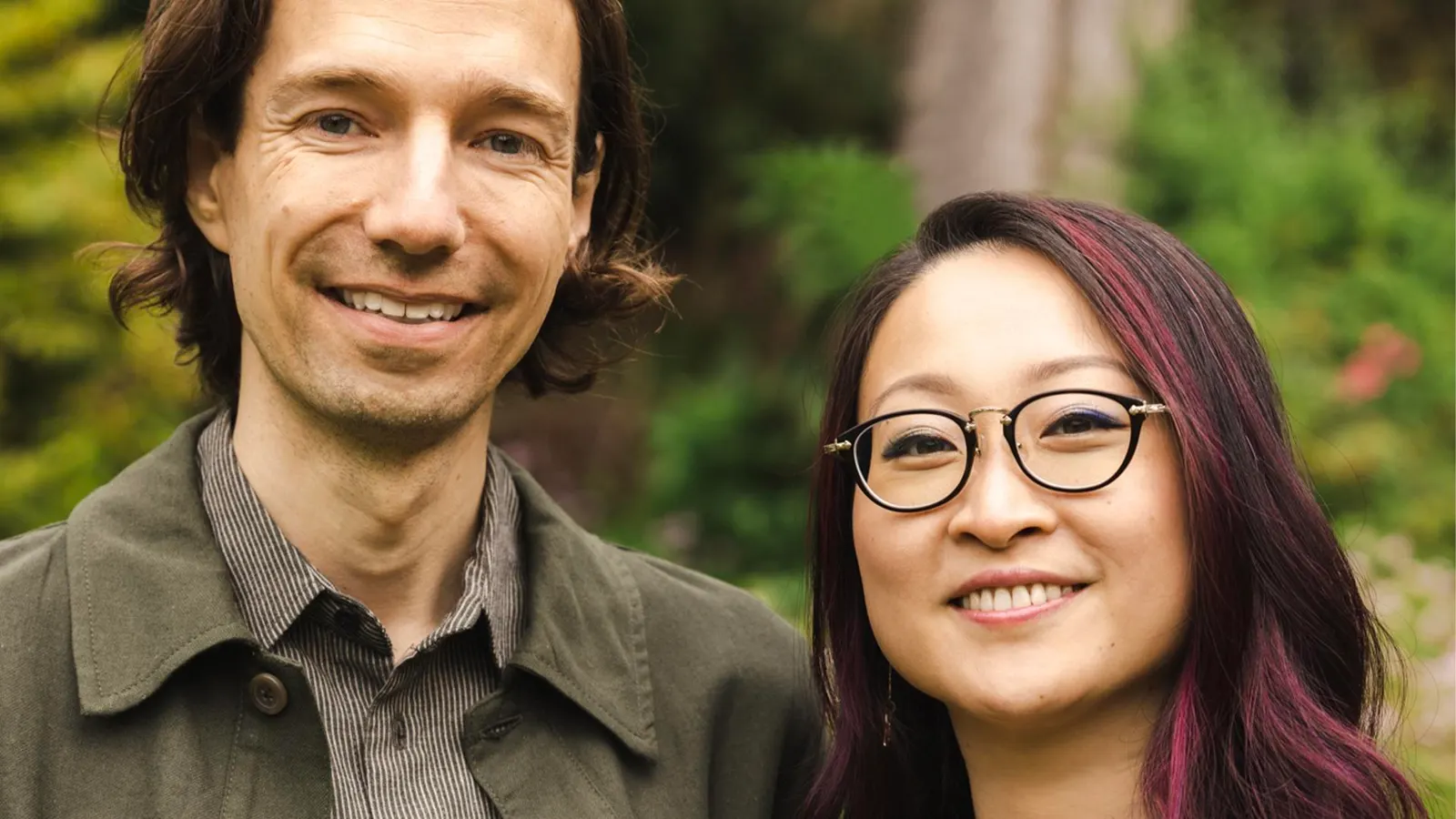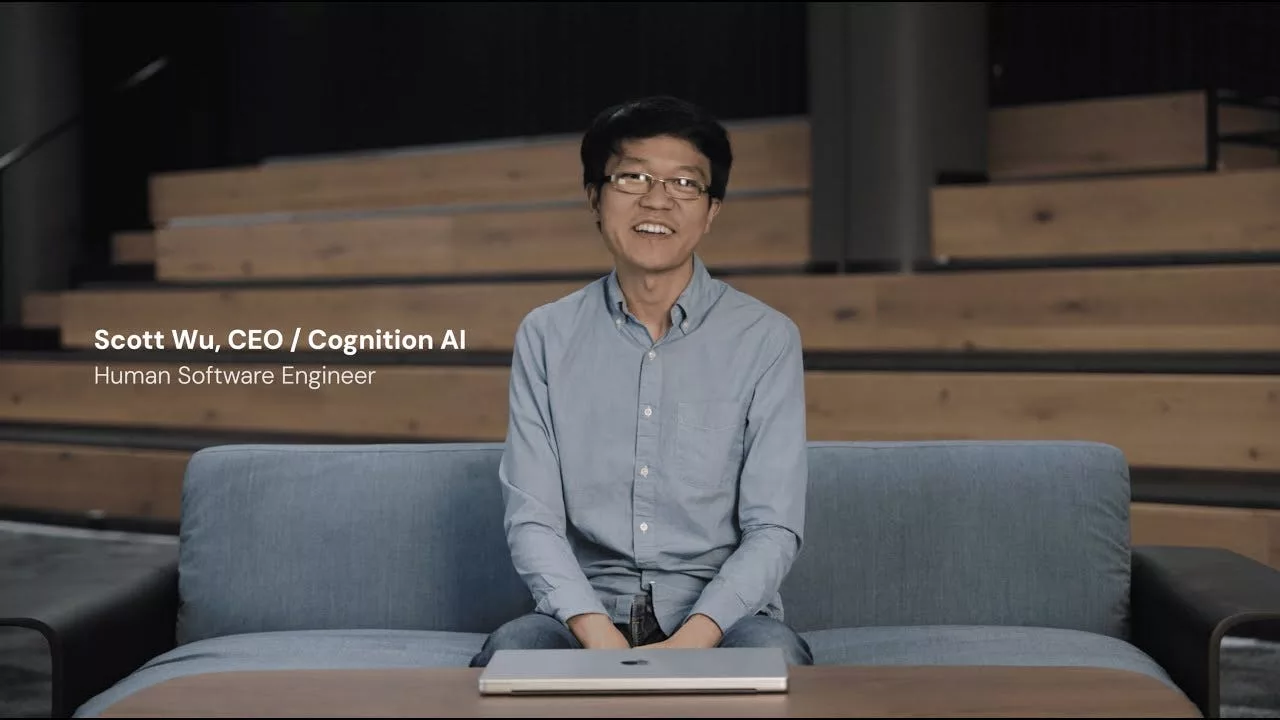Dr. Jasmin (Bey) Cowin, an Associate Professor at Touro University and U.S. Department of State English Language Specialist focusing on Assessment and Artificial Intelligence (2024) regularly writes about Neuralink: Insights at the Intersection of AI and Education.

Envision a future where brain-computer interfaces (BCIs), exceeding mere decoding of neural patterns, harness the potential to stimulate specific brain regions pivotal for language acquisition. Such an advancement coupled with artificial intelligence (AI), could dramatically enhance proficiency in acquiring new languages by harnessing the brain’s neuroplasticity. Neuroplasticity is the ability of the brain to change its structure, function, and activity in response to external and internal stimuli. Imagine immersive language environments that meld sensory and cognitive stimuli, reminiscent of a ‘Star Trek’ learning experience, yet deeply rooted in the contemporary Zeitgeist influenced by Elon Musk’s Neuralink endeavors.
Transformative journeys such as the 2016 science fiction drama film “Arrival,” directed by Denis Villeneuve and based on Ted Chiang’s “Stories of Your Life and Others,” propel us into the vanguard of language acquisition. Such explorations not only broaden our comprehension of the synergy between technology, AI, and linguistic theory but also challenge our cognitive boundaries and the ethical dimensions of mental privacy. In the article ‘Mind-reading machines are here: is it time to worry?‘ neuroethicists debate the ramifications of employing brain scans and AI to decode imagined speech, highlighting the contentious issue of mental privacy in the age of BCIs. This discourse underscores the necessity to navigate the exhilarating yet precarious frontier of technological advancements in mind and language manipulation, urging a balanced consideration of both the transformative potential and the ethical dilemmas posed by such innovations.
As Neuralink’s First-in-Human Clinical Trial is Open for Recruitment, its use of BCIs transcends traditional boundaries, offering a glimpse into a future where language acquisition might no longer be bound by conventional means. Through the lens of Neuralink’s PRIME Study, where individuals with quadriplegia might become empowered to control external devices with their thoughts, we begin to grasp the transformative power of technology and AI on the human experience. One day, BCIs might have the capability to create highly immersive simulated language environments by directly interfacing with sensory and cognitive centers in the brain.
This echoes the themes of “Arrival,” where learning a new language is shown to rewire the protagonist’s perception of time and reality. The film illustrates the Sapir-Whorf hypothesis or Whorfianism. The Sapir-Whorf hypothesis, also known as linguistic relativity, explores the relationship between language and thought. It proposes that the structure of a language influences, or even determines, how its speakers perceive and understand the world around them, underscoring the importance of openness in learning to think and perceive in radically new ways. As one character muses, “Learning a new language can rewire your brain,” highlighting the profound cognitive and perceptual shifts that come with deeply understanding another language (Arrival, 2016).
For example, Burghart is a linguist assigned to learn the alien heptapods’ language. As Burghart becomes fluent in Heptapod B, he begins “remembering” the future, and loses his free will. His character shows that the mental changes Heptapod B has on its learners are not unique to other film characters. Any person who becomes proficient in Heptapod B will begin remembering the future and thus lose their ability to make choices other than the ones they are destined to make. (Prendergast, Finola. “Story of Your Life Characters: Burghart.” LitCharts. LitCharts LLC, 25 Feb 2022. Web. 3 Mar 2024.)
Yet, in this era of technological marvels we should look beyond our warm-blooded worship at the altar of technology, reflecting instead upon the ancient musings of Lucretius in his seminal work, De Rerum Natura(The Nature of Things), where he explores the fabric of the universe through the lens of reason and observation.
Here, we find a reminder of the depth and breadth of our quest for understanding. Lucretius states, ‘Till thou see through the nature of all things, And how exists the interwoven frame,’ suggesting a pursuit of knowledge that bridges across the ages (Lucretius, Of the Nature of Things, Book I – The Infinity of the Universe). Similarly, the poetic verses of Omar Khayyam’s The Rubaiyat offer a contemplative reflection on the existential search for meaning and truth, resonating with our modern inquiries into the essence of reality. Khayyam, in the stanza “One Moment in Annihilation’s Waste,” compares our shared journey through life, symbolized by a traveling caravan, to a journey that ends with the “Dawn of Nothing.”
One Moment, of the Well of Life to taste —
The Stars are setting and the Caravan
Starts for the Dawn of Nothing — Oh, make haste!” – (Omar Khayyam)
While we are surrounded by amazing technology, it is important to remember the long history of humanity’s search for knowledge. The writings of Lucretius and Khayyam, like many other ancient texts, remind us that our quest for knowledge is a core element of what makes us human. As we navigate the complexities of the digital age, the transformative power of technology, BCIs, and AI offers both enlightenment and challenges. Drawing an analogy to the cognitive rewiring experienced when learning a new language, technological advancements also have the profound ability to reshape our perception of reality.
However, this transformation is not without its ‘Cimmerian Shadows,’ a metaphor evoking the dark, uncharted territories that accompany profound change. These shadows represent the ethical dilemmas, existential uncertainties, and societal impacts that emerge as technology progresses, reminding us to tread thoughtfully on our path of innovation.











Comments are closed.